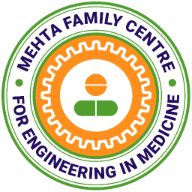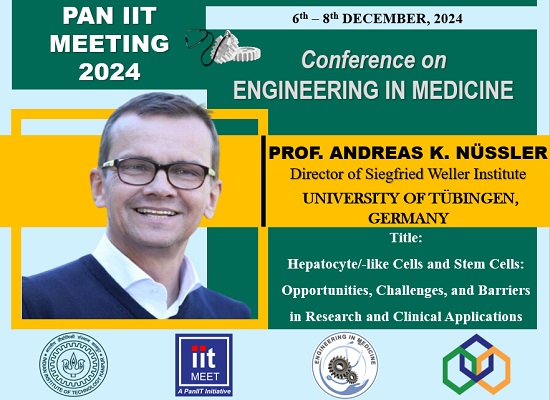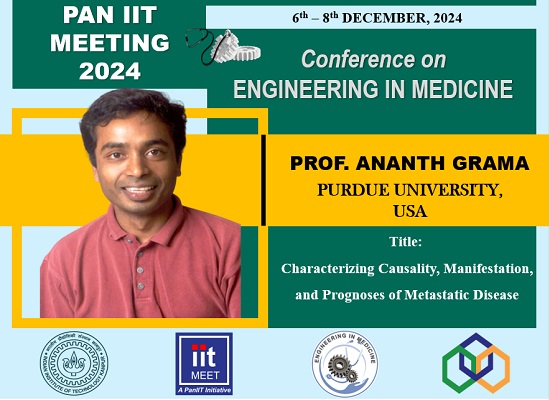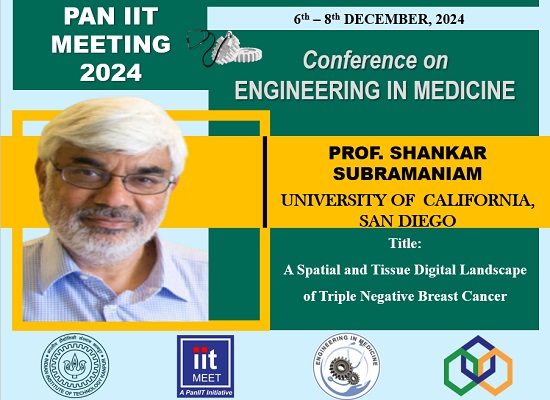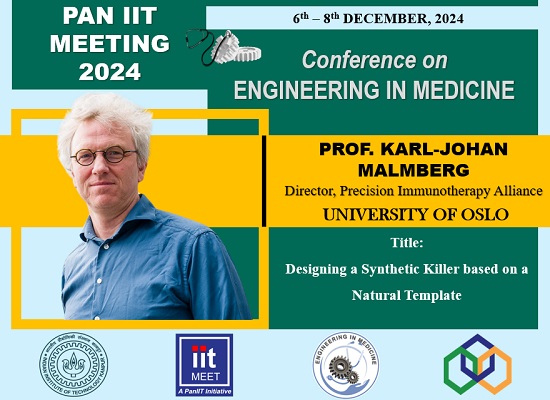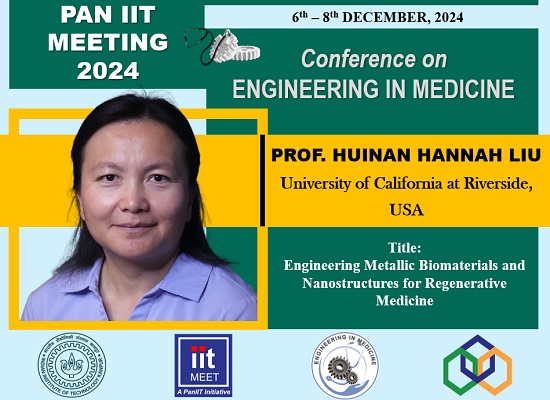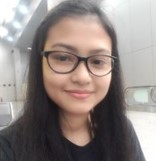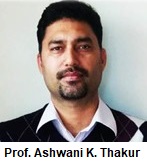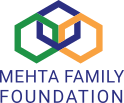In conversation with
Dr. Irfan Qayoom
on his recent publication
Anti-infective composite cryogel scaffold treats osteomyelitis and augments bone healing in rat femoral condyle. Qayoom I, Srivastava E, Kumar A. Biomaterials Advances. 2022 Nov 1;142:213133.
MFCEM First and foremost, congratulations on your recent publication; could you share with us what need does the study address?
Dr. Irfan Qayoom: I would like to thank you on behalf of all authors for reaching to us and appreciating the work done by our team. In this study, we have tried to develop an improvised approach so as to improve the current clinical treatment strategies that are used to manage and treat osteomyelitis and related complications. The current clinical treatment modalities utilized to treat osteomyelitis infections are associated with enormous limitations which include lower bioavailability of antibiotic at the infectious site, off the target comorbidities, and secondary complications like fractures and amputations. We have hereby developed a biomimetic local antibiotic delivery system from biocompatible and osteo-active biomaterials, collagen and nanohydroxyapatite using cryogelation to clear the infection and at the same time enhance the bone formation at the debrided site created during surgical procedures.
MFCEM How is your approach distinct from the existing ones; does the use of an inorganic-organic composite gel engineered in this study provide a distinct advantage over others?
Dr. Irfan Qayoom: The development of porous composite cryogel as an antibiotic delivery system provides advantage of using in large sized bone infectious lesions. The commercially available polymethylmethacrylate (PMMA) beads used to clear the infection has several disadvantages like PMMA is bioinert, has dysregulated antibiotic release profile and most importantly is non-porous which does not allow proper gaseous and nutritious exchange thereby causing anoxic injuries eventually leading to infection related complications. Our porous composite cryogel system is macroporous system which is osteoactive, show controlled antibiotic release and allows ambient gaseous and nutritious exchange thus enhancing the infiltration of immune cells and other osteoprogenitor cells to clear the infection and simultaneously, enhance the bone formation at the infectious lesions.
MFCEM In this study you have also made use of mathematical modelling to calculate the antibiotic release rate from the scaffold; did this allow you to transcend the experimental limitations?
Dr. Irfan Qayoom: In this study we have used mathematical modelling to support our experimental data that our system shows sustained release kinetics at physiological pH. It was observed that at physiological pH, the release kinetics follows a model that is fit for long-term release of antibiotic and will ensure the availability of antibiotic at the infectious lesion to clear infection completely and also prevent the formation of biofilm by the persister bacterial cells.
MFCEM What was the major challenge you faced while engineering the cryogel scaffold? How did you overcome it?
Dr. Irfan Qayoom: The major challenge was the synthesis and fabrication of porous composite cryogels itself with both organic and inorganic components. The synthesis of cryogel was optimized with multiple methods so that it contains optimum concentration of inorganic nanohydroxyapatite till we developed a new and modified method to synthesize an antibiotic loaded-biomimetic cryogel scaffolds with compositional and structural resemblance to the natural trabecular bone.
MFCEM Are you contemplating a technology transfer for scaling purposes in the near future?
Dr. Irfan Qayoom: The potential of our nanohydroxyapatite based antibiotic carriers have already been recognized by DBT-BIRAC and funded under BIG grant wherein we have started a startup if “REGENMEDICA PRIVATE LIMITED” to develop a prototype of the product that will be further commercialized for clinical applications in bone and spinal tuberculosis infections.
